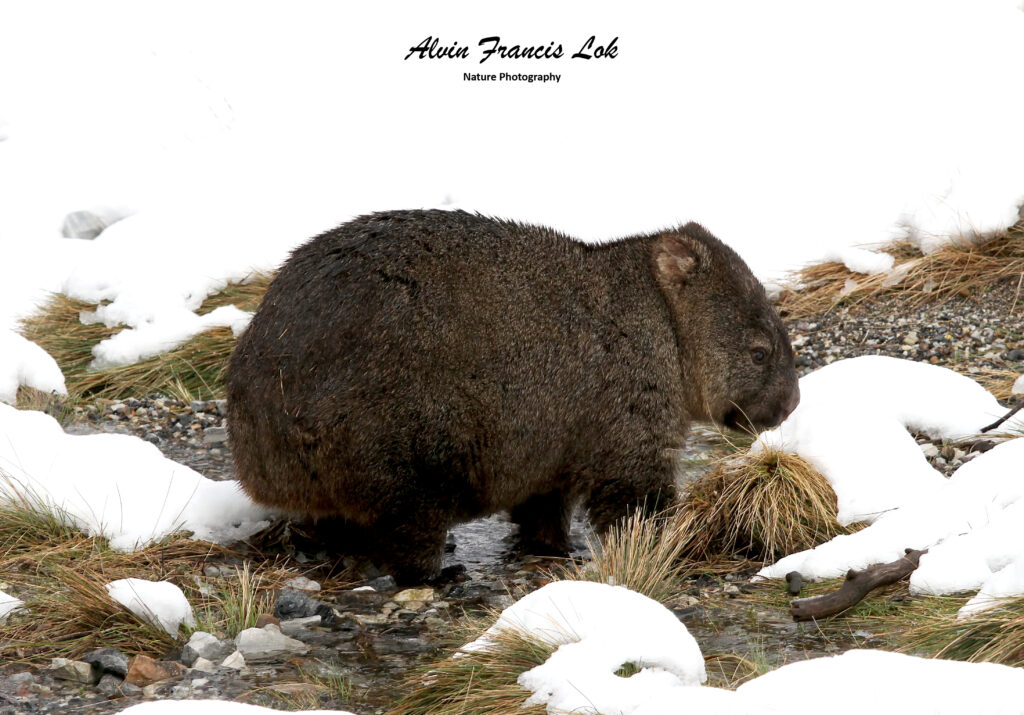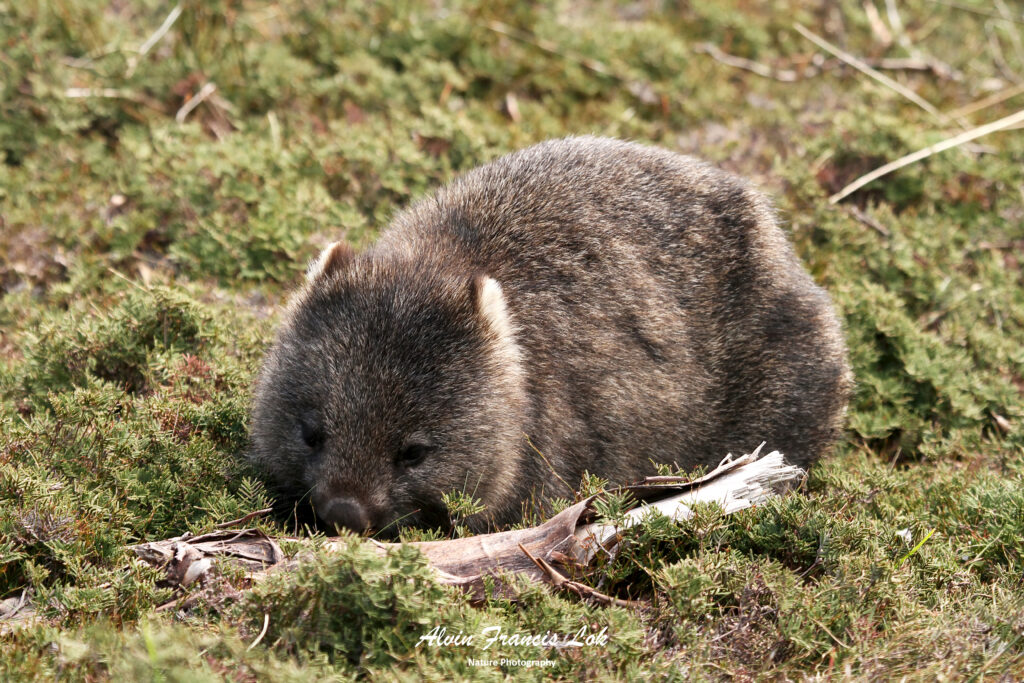Diprotodontia is the largest extant order of marsupials, with about 155 species, including the kangaroos, wallabies, possums, koala, wombats, and many others. Extinct diprotodonts include the hippopotamus-sized Diprotodon, and Thylacoleo, the so-called “marsupial lion”.
Living diprotodonts are almost all herbivorous, as were most of those that are now extinct. Diprotodonts are restricted to Australasia. The earliest known fossils date to the late Oligocene, but their genesis certainly lies earlier than this, as large gaps occur in Australia’s fossil record, with virtually no fossil record at all in geologically active New Guinea.
Two key anatomical features, in combination, identify Diprotodontia. Members of the order are, first, “diprotodont” (meaning “two front teeth”): they have a pair of large, procumbent incisors on the lower jaw, a common feature of many early groups of mammals and mammaliforms. The diprotodont jaw is short, usually with three pairs of upper incisors (wombats, like rodents have only one pair), and no lower canines. The second trait distinguishing diprotodonts is “syndactyly”, a fusing of the second and third digits of the foot up to the base of the claws, which leaves the claws themselves separate. Digit five is usually absent, and digit four is often greatly enlarged.
Source: Wikipedia
Family Macropodidae
Subfamily Macropodinae
Tribe Dendrolagini
Petrogale wilkinsi (Eastern Short-eared Rock Wallaby) (NT, Australia)
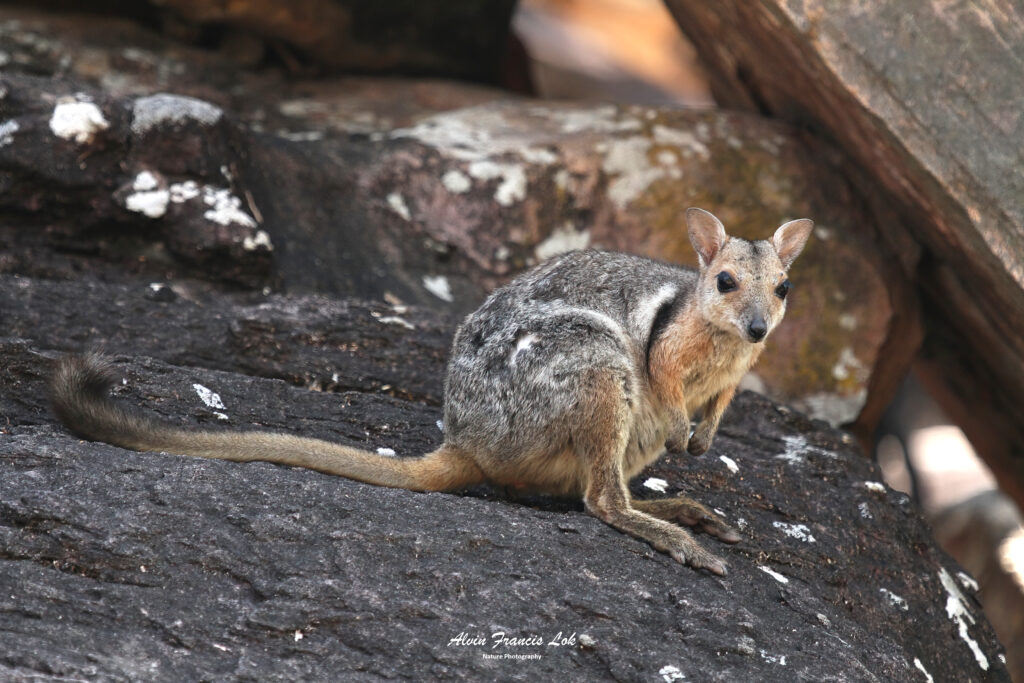
Thylogale billardierii (Rufous-bellied Pademelon) (Tasmaina, Australia)
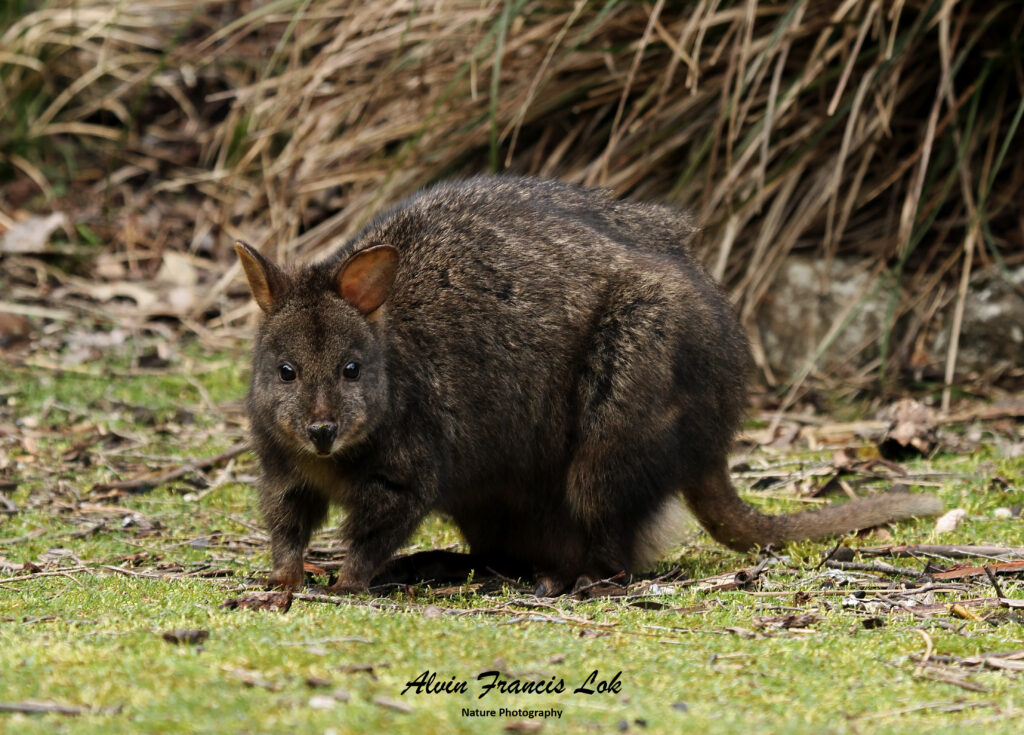
Tribe Macropodini
Notamacropus agilis (Agile Wallaby) (NT, Australia)
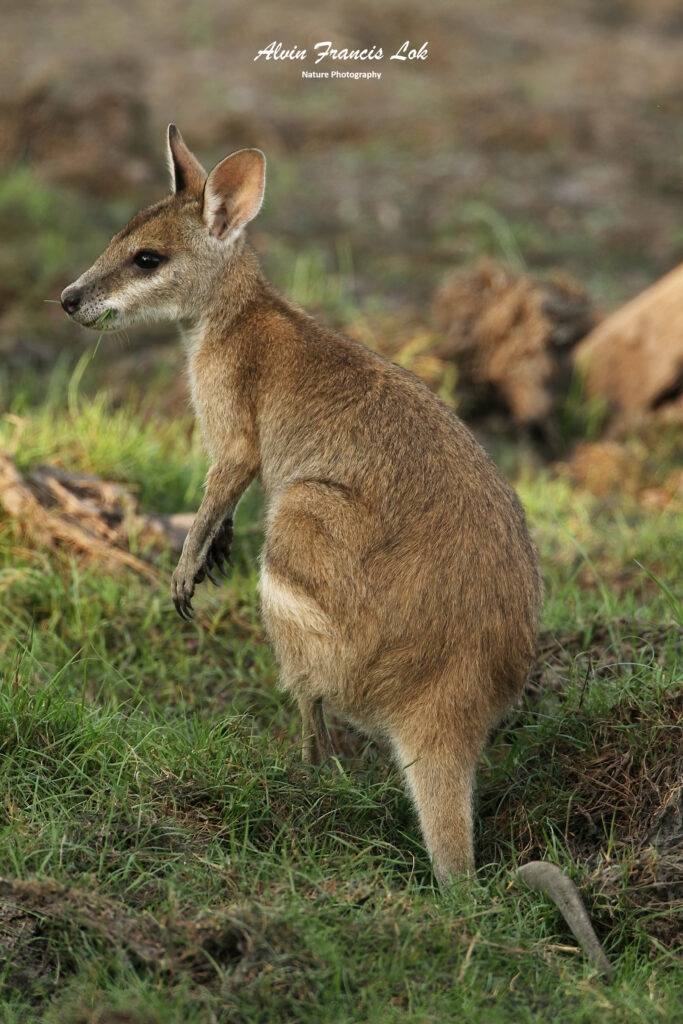
Notamacropus rufogriseus ssp. rufogriseus (Bennett’s Wallaby) (Tasmania, Australia)
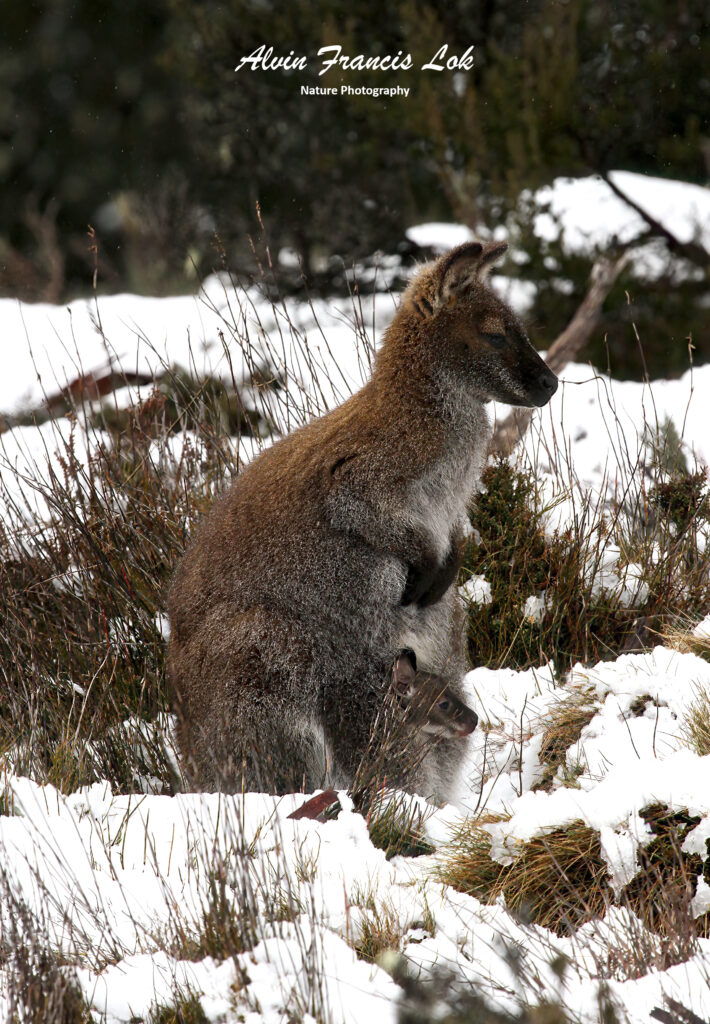
Family Phalangeridae
Subfamily Ailuropinae
Ailurops ursinus (Sulawesi Bear Cuscus) (Tangkoko NP, Indonesia)
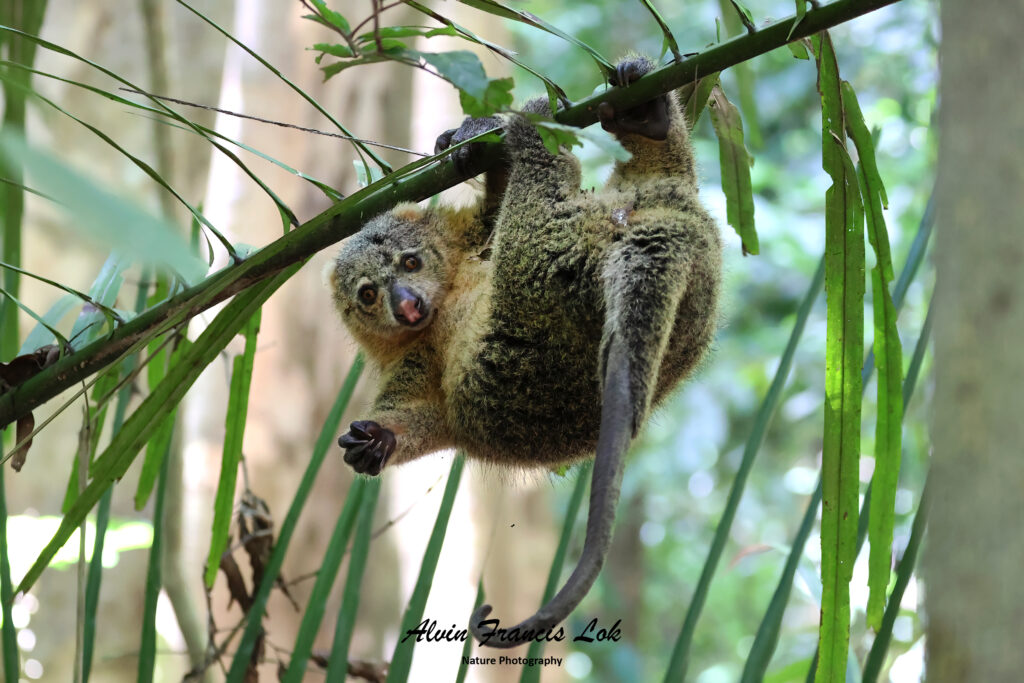
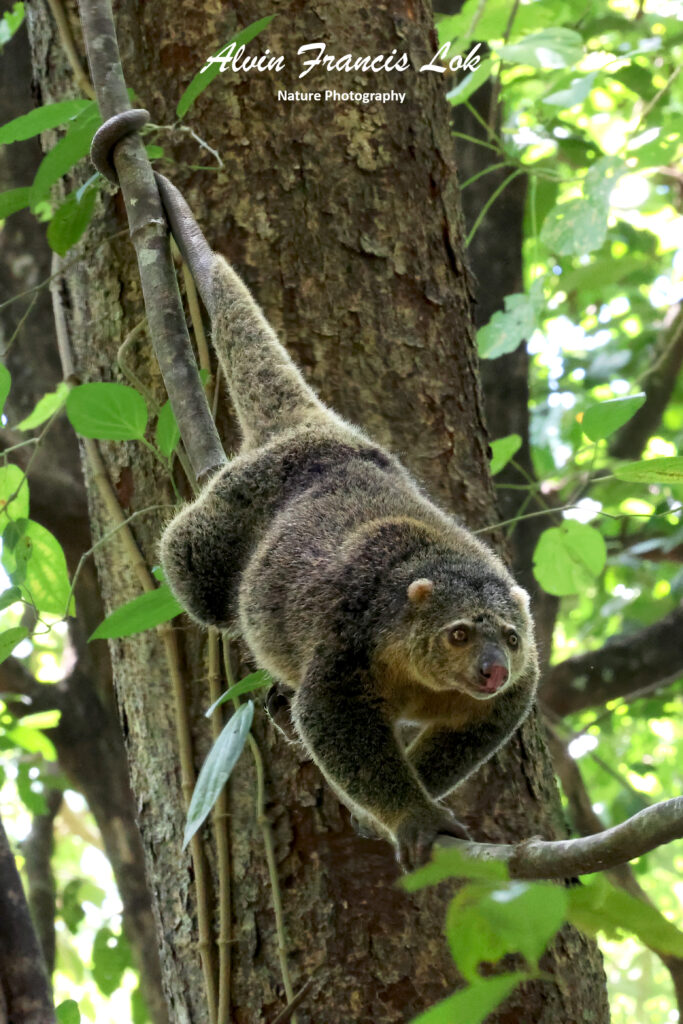
Subfamily Trichosurinae
Trichosurus vulpecula (Common Brushtail Possum) (Little Dessert NP, Victoria, Australia)
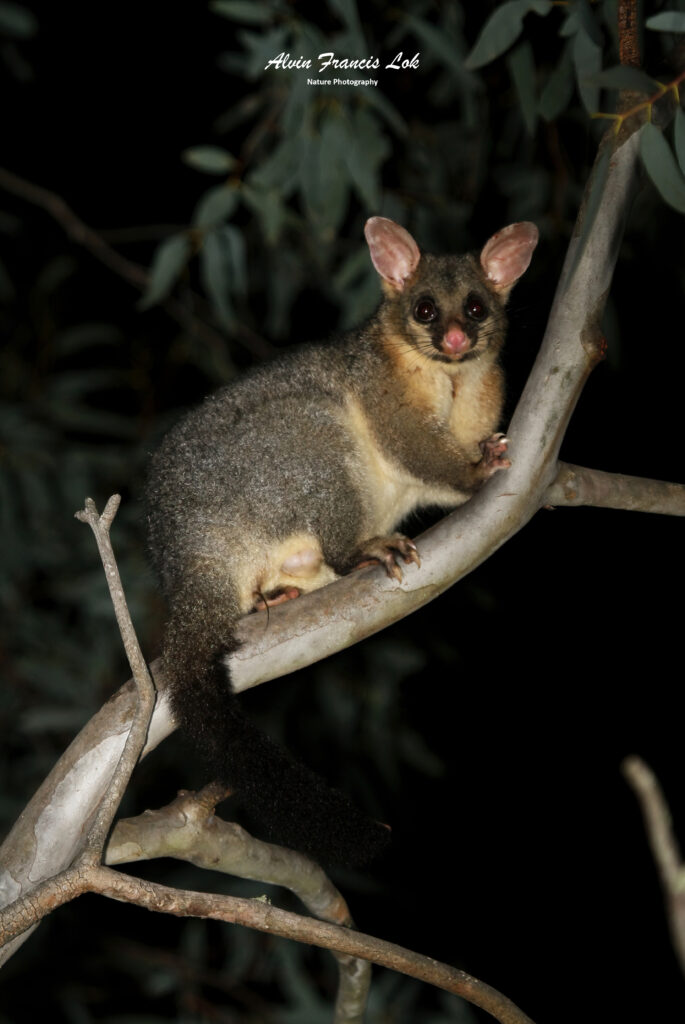
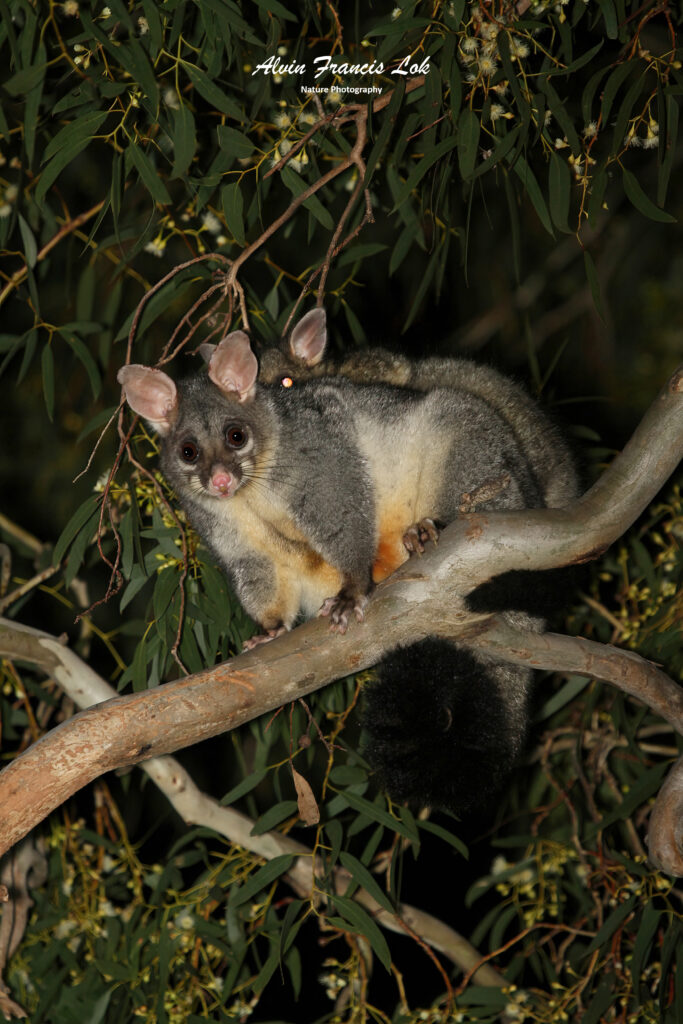
Family Vombatidae
Vombatus ursinus ssp. tasmaniensis (Tasmanian Wombat) (Tasmania, Australia)
